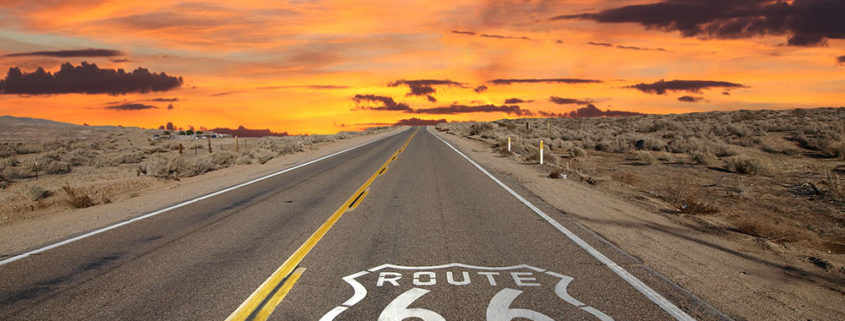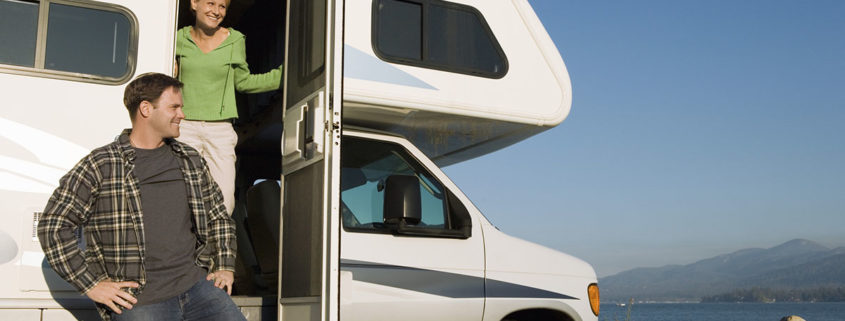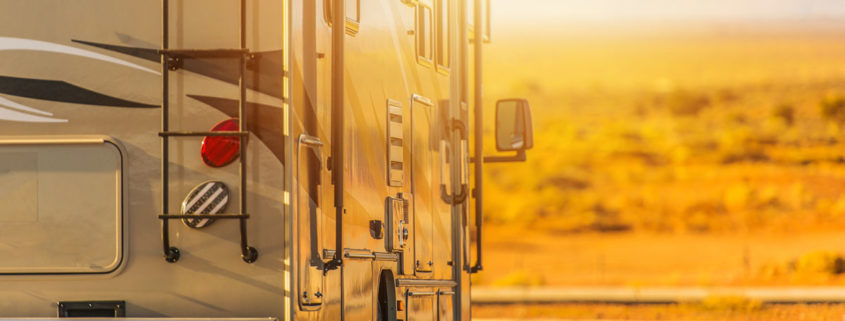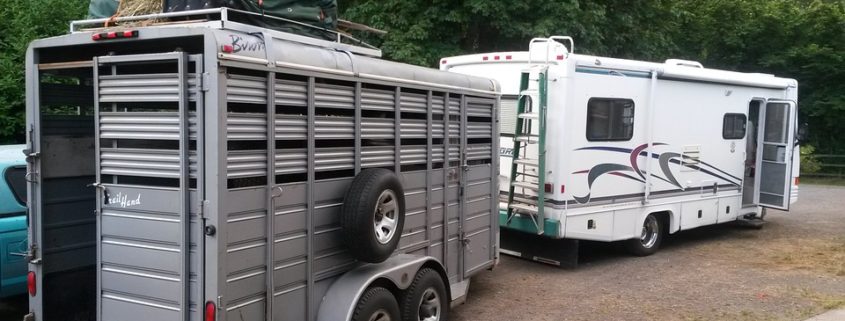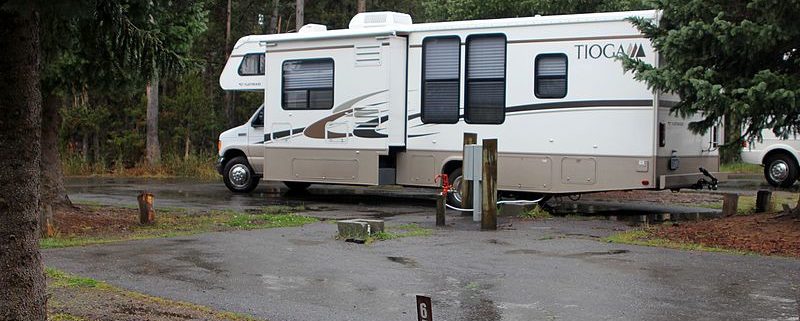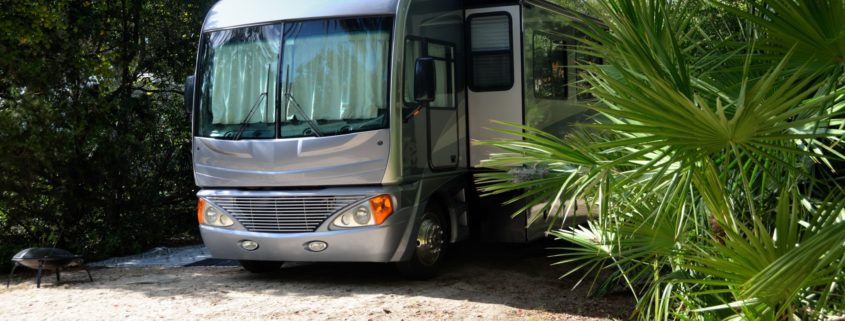Planning Your Trip On Route 66
The most enjoyable and adventurous RV trips are the result of great planning. However not everyone understands the best way to create a solid plan that leads to a pleasurable and stress-free RV vacation. Planning your RV trips involves factoring in scenic route, avoiding tolls, getting to your destination quicker and creating timelines and budgets. While Rving is not for everybody even an amateur driver can take to the road on an RV vacation and have a great deal of fun. Below are a few ideas on how to plan your road trip adventures. Delight in the process of planning and you’ll have an unforgettable RV trip.
Hiring your RV or Motorhome
Choosing the best motorhome rental is a somewhat long procedure, hence it is advisable that you do your due diligence far ahead of time to know the kind of vehicle you’ll need and the type of rental deals that would best suit you specific requirements.
Reserve your RV ahead of time
It is advisable to figure out the RV you intend to drive and ensure it is readily available well in advance. Some kind of RVs could be reserved for up to a year ahead of time, especially when they’ll be used during the peak periods especially the summer holidays.
Size really Matters
A motorhome is a huge vehicle and you have to take into consideration the RV’s dimensions due to the restrictions you might come across during your road trip. A number of roads you might want to travel through might have bridge height restrictions or perhaps some incredibly sharp curves that would be quite difficult to work through.
Seek advice from your rental company with regards to these issues. To put it differently, have an idea or get a rough sketch of your road trip before making a reservation for your RV. Inquire about RV GPS, travel restriction and so on.
Pick Up of Rented RVs
A number of RV Rental companies demand that clients stay for one night or more in an America hotel, same day pickups are unauthorized for international clients. This is done basically for the client’s safety. The rental companies expect clients to rest sufficiently before grabbing the wheel of an RV.
The very first things to do
Before embarking on your journey, it is advisable to buy enough food. The RV rental company would certainly give you a local map showing supermarkets and grocery stores in close proximity.
As soon as you have stored up enough supplies and you are ready for your first journey, go slowly, don’t rush. Have fun with your journey. The first couple of miles would help you adapt to the RV and road. Drive carefully and strengthen your confidence.
Head straight to the Campground you have booked ahead of time around your pick up spot in good time to hook up your RV at the RV Park.
Campgrounds
For a sense of security it is best to book well in advance as campgrounds fill up faster during the peak periods especially the summer seasons.
You ought to have a comprehensive plan for your route as well as advanced bookings at every possible stopover. This will help you get around the disappointment of not getting choice spot or Campground. The majority of Campgrounds accommodate different types of RVs and motorhomes.
Drive Safely
This really is the best advice. A safe journey is the greatest adventure. Comply with the guidelines, be calm and drive without endangering your life:
Adhere to speed limits
Leave an abundance of braking space
Drive defensively and be extremely careful of the other motorists
Examine your RV routinely.

